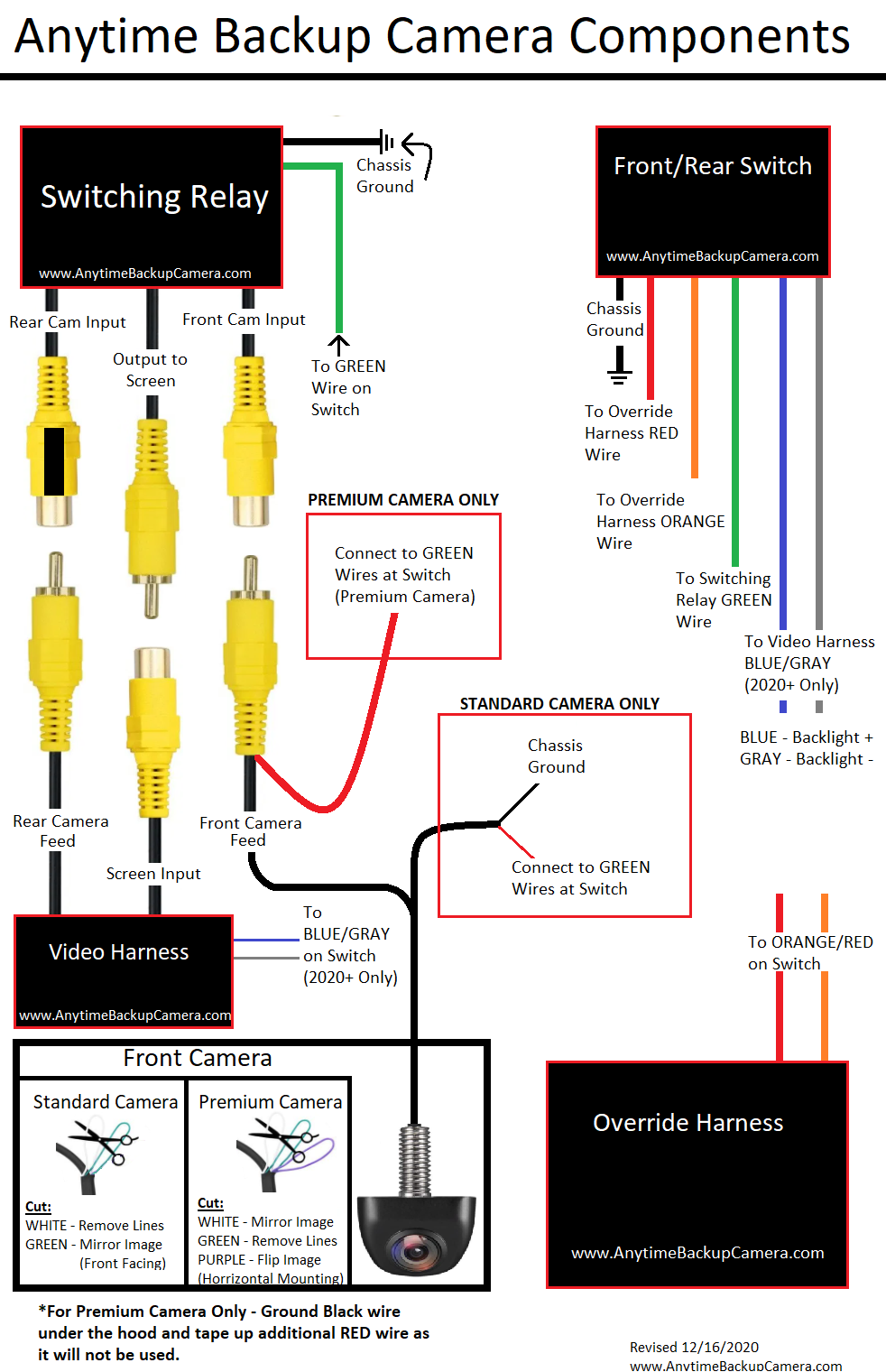
So for this TV, you would connect the yellow lead from the VCR to the nominated green “Video in” socket. Notice on this TV, (and most others) there is only one of the green sockets nominated as “Video in” for you to connect a VCR to. But as you can see in this picture, they indicate you can use the green socket instead. If there is a Green SocketĪt the rear or side of many flat screen TVs there is no yellow socket for “Video In”. Instead some TV’s let you connect to the green socket, and others require you to use a HDMI input. Manufacturers think there is no need to supply TVs with the ability to connect a VCR through the standard (and old) yellow, red and white sockets.
Cassette mate two red lines tv#
Either way, simply plug the leads from the VCR into the adaptor lead and then plug this lead into the TV.ĭon’t worry if you can’t find a yellow socket on your TV to connect a VCR, as many new TVs don’t have one. If you need to buy one, search for “3.5mm AV lead”. Some manufacturers provide these adaptors with the TV, other manufacturers assume you will buy one if you need to. These are designed to allow the yellow, red and white leads from the VCR to connect to the TV via a little adaptor lead. Other TVs have a little yellow socket (like a headphone socket) often labelled “AV In”. But first check the sides of your TV to make sure the designers aren’t trying to trick you by hiding the yellow, red and white sockets up one side. I get many questions from people saying they can’t find the yellow socket to connect a VCR into. Some flat screen TVs have the AV input on the side of the TV.

Some older TVs might have several AV inputs, normally labelled AV 1, AV 2 etc. Other TVs might label these inputs “AV” (short for Audio/Video). Most TVs require you to press “Source” or “Input” on the remote control to select the “Video 1” input signal. This normally would indicate that this is the input you need to select on the TV to watch the VCR. You may have noticed that in this photo, these sockets are in a section labelled “VIDEO 1 IN”. Having found the yellow, red and white sockets, it is a simple matter of connecting the corresponding yellow, white and red plugs of the cable connected to the VCR to these sockets. Below this yellow socket for video in is the corresponding white and red sockets for the left and right audio in. In this photo you can see it just below the centre of the photo, it is labelled “Video”. Older flat screen TVs are easy to connect a VCR to as they have at least one yellow “video in” socket. Once you have found the line out sockets, it is a simple matter of connecting the yellow, red and white plugs of the connecting cable to the corresponding yellow, red and white line out sockets of the VCR. The markings or labels on most VCRs are as hard to read as in this photo, so you may need to use a torch to see the markings clearly. The yellow socket at the bottom right is the video out socket. The white middle right connector is the left audio out socket. The top right red socket is for the right audio out. If you look closely, on the right hand side are the “line out” sockets (the left hand side is for “line in”, which we don’t use for connecting to a TV). This photo shows the standard connectors on most (stereo) VCRs. Some SCART leads or adaptors have a little switch on the SCART plug to allow it to be switched to “IN” or “OUT”. If you use a SCART cable made for input, it won’t work as you need an output cable. If you need a SCART connection for the VCR, make sure the SCART cable is designed for output. If you don’t have any, they should be available at most electronic or electrical stores. Many VCRs come with these leads supplied. The yellow cable is used for the video signal, the red cable for the right audio, and the white cable for the left audio signal. The yellow, red and white plugs are often called RCA or Phono plugs. For European VCRs, you may need a SCART plug at the VCR end, and these yellow, red and white plugs at the other end to connect to the TV. For non European VCRs, you will need a cable with these plugs at each end. To connect a VCR to most flat screen TVs, you will need a cable with these yellow, red and white connectors. Connect a VCR with the Yellow, Red and White Leads


Some VCRs have one audio out socket (mono) and some have two audio out sockets (stereo) – we will look at stereo first, and look at the differences for mono later in this article. This needs to be done for both the video and for the audio.
Cassette mate two red lines how to#
This article will explain the different options on how to connect a VCR to a flat screen TV, even if you can’t find the yellow socket.īasically you need to connect from the “line out” of the VCR to “ AV in” of the TV. Often this is because you can’t find the right connections on the new TV. You may still have many video tapes that you like to play but find it hard to connect a VCR to your new flat screen TV.


 0 kommentar(er)
0 kommentar(er)
